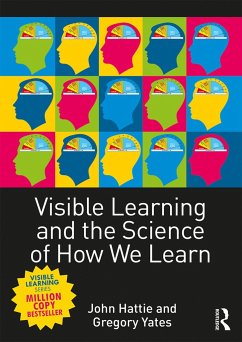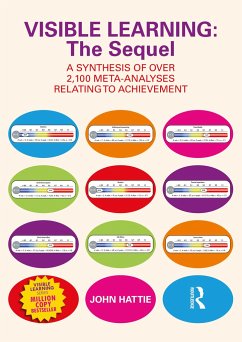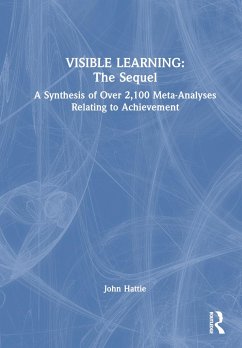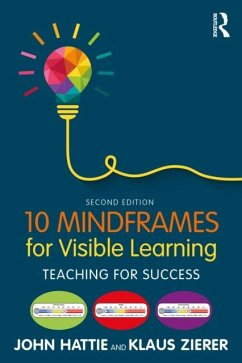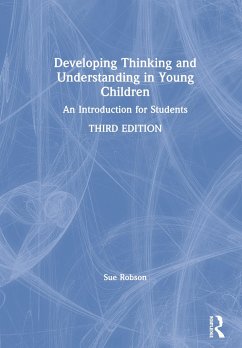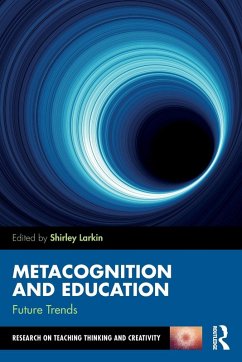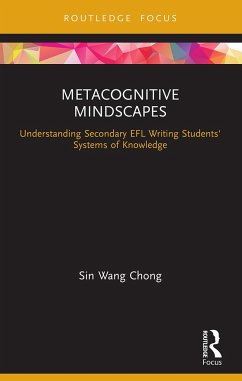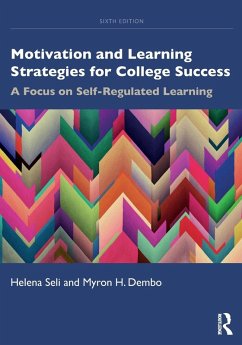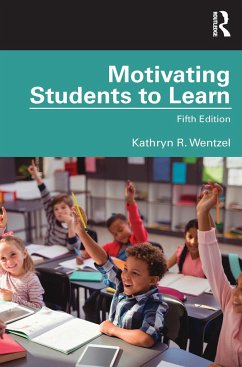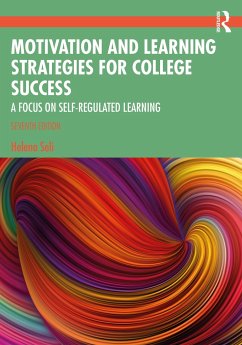Nicht lieferbar

Visible Learning Guide to Student Achievement
Schools Edition
Versandkostenfrei!
Nicht lieferbar
Visible Learning Guide to Student Achievement critically examines the major influences shaping student achievement today. A revision of the International Guide to Student Achievement, this updated edition provides readers with a more accessible compendium of research summaries â with a particular focus on the school sector.





